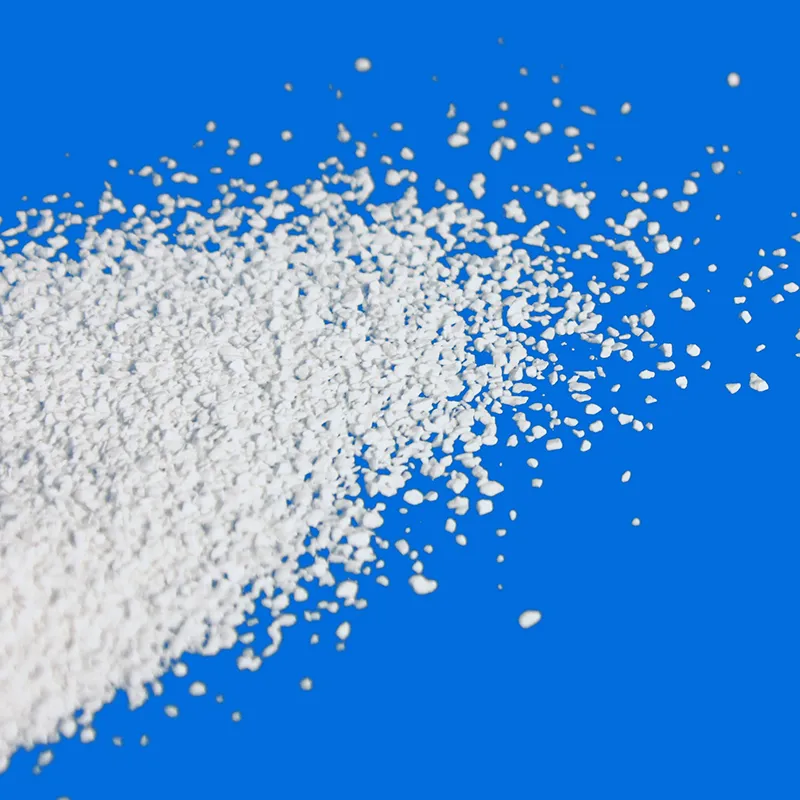
isopropyl alcohol in ultrasonic cleaner
Using Isopropyl Alcohol in an Ultrasonic Cleaner
Ultrasonic cleaners have become increasingly popular for restoring and maintaining a wide range of items, from jewelry to intricate mechanical parts. One of the key considerations when using these machines is the cleaning solution. Isopropyl alcohol (IPA) has emerged as a favorite choice for many due to its effectiveness and versatility.
Isopropyl alcohol is a colorless, flammable liquid with a strong odor, commonly used as a disinfectant, solvent, and cleaning agent. Its chemical properties allow it to dissolve oils, greases, and various contaminants efficiently, making it particularly effective in ultrasonic cleaning applications. When combined with the ultrasonic cleaning process, IPA can significantly enhance cleaning results.
The process of ultrasonic cleaning using isopropyl alcohol works by utilizing high-frequency sound waves that generate millions of microscopic bubbles in the cleaning solution. These bubbles implode with great energy in a phenomenon known as cavitation. This implosion creates high-pressure micro-jets that effectively scrub the surfaces of contaminated items, removing dirt and grime from even the most intricate details.
One of the primary advantages of using isopropyl alcohol in an ultrasonic cleaner is its fast evaporation rate. After cleaning, any residual alcohol evaporates quickly, leaving no moisture behind. This is particularly beneficial for sensitive electronic components and precision machinery that must be dry before reassembly or use. Furthermore, IPA is less likely to leave behind a residue when compared to water-based cleaning solutions, making it ideal for sensitive applications.
isopropyl alcohol in ultrasonic cleaner

When it comes to dilution, isopropyl alcohol is often used in varying concentrations, typically between 70% and 99%. A 70% solution is generally considered more effective for disinfection, while higher concentrations are better suited for dissolving tough residues. However, the concentration chosen may also depend on the specific cleaning task at hand and the nature of the materials being cleaned.
While isopropyl alcohol is safe for many materials, it’s essential to ensure compatibility with the items being cleaned. For instance, IPA can be harsh on certain plastics and some paints, which may lead to degradation. Therefore, thorough testing on a small, inconspicuous area is advisable before using it on valuable or delicate items.
Safety must also be a top priority. Isopropyl alcohol is highly flammable and should be used in a well-ventilated area, away from open flames and sparks. Safety goggles and gloves are recommended to protect the skin and eyes from potential splashes or irritation.
In conclusion, using isopropyl alcohol in an ultrasonic cleaner can provide an effective and efficient cleaning solution for a variety of applications. Its ability to dissolve contaminants rapidly, combined with its quick evaporation rate, makes it an excellent choice for restoring items to their original condition. However, caution should always be exercised to ensure compatibility with the materials being cleaned and to maintain a safe working environment. With the right approach, isopropyl alcohol can enhance the ultrasonic cleaning experience and yield outstanding results.
-
Why Glacial Acetic Acid Food Grade Is Essential in FlavorNewsMay.26,2025
-
Surging Export Growth of Food Additives in ChinaNewsMay.26,2025
-
How Ammonium Nitrate Fertilizer Boosts Crop YieldsNewsMay.26,2025
-
How 1,2,3-Benzotriazole Shields Plastics from UV DegradationNewsMay.26,2025
-
Cyanide in Gold Mining: Protecting People and the PlanetNewsMay.26,2025
-
Aluminum Hydroxide in Modern Sunscreen FormulationsNewsMay.26,2025
-
Understanding Synthetic Rubber OptionsNewsApr.27,2025
Hebei Tenger Chemical Technology Co., Ltd. focuses on the chemical industry and is committed to the export service of chemical raw materials.
-

view more DiethanolisopropanolamineIn the ever-growing field of chemical solutions, diethanolisopropanolamine (DEIPA) stands out as a versatile and important compound. Due to its unique chemical structure and properties, DEIPA is of interest to various industries including construction, personal care, and agriculture. -

view more TriisopropanolamineTriisopropanolamine (TIPA) alkanol amine substance, is a kind of alcohol amine compound with amino and alcohol hydroxyl, and because of its molecules contains both amino and hydroxyl. -

view more Tetramethyl Thiuram DisulfideTetramethyl thiuram disulfide, also known as TMTD, is a white to light-yellow powder with a distinct sulfur-like odor. It is soluble in organic solvents such as benzene, acetone, and ethyl acetate, making it highly versatile for use in different formulations. TMTD is known for its excellent vulcanization acceleration properties, which makes it a key ingredient in the production of rubber products. Additionally, it acts as an effective fungicide and bactericide, making it valuable in agricultural applications. Its high purity and stability ensure consistent performance, making it a preferred choice for manufacturers across various industries.











